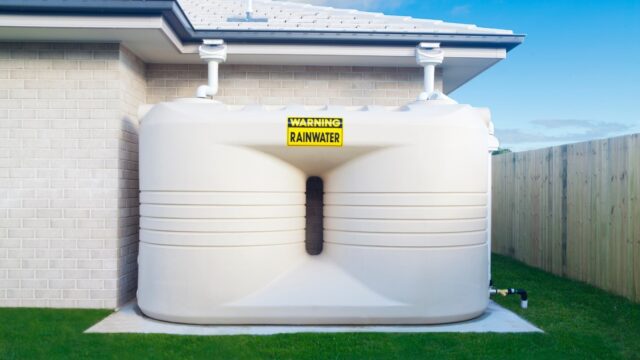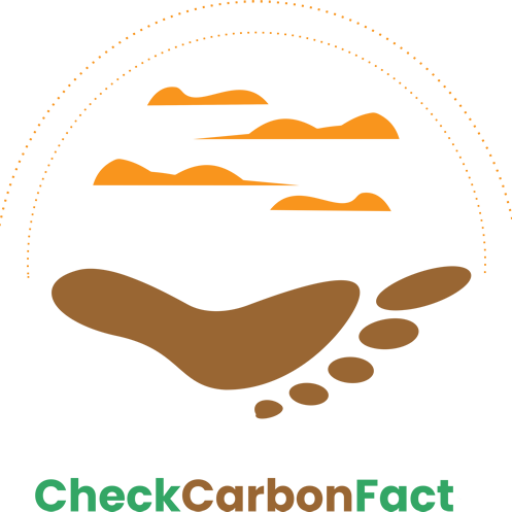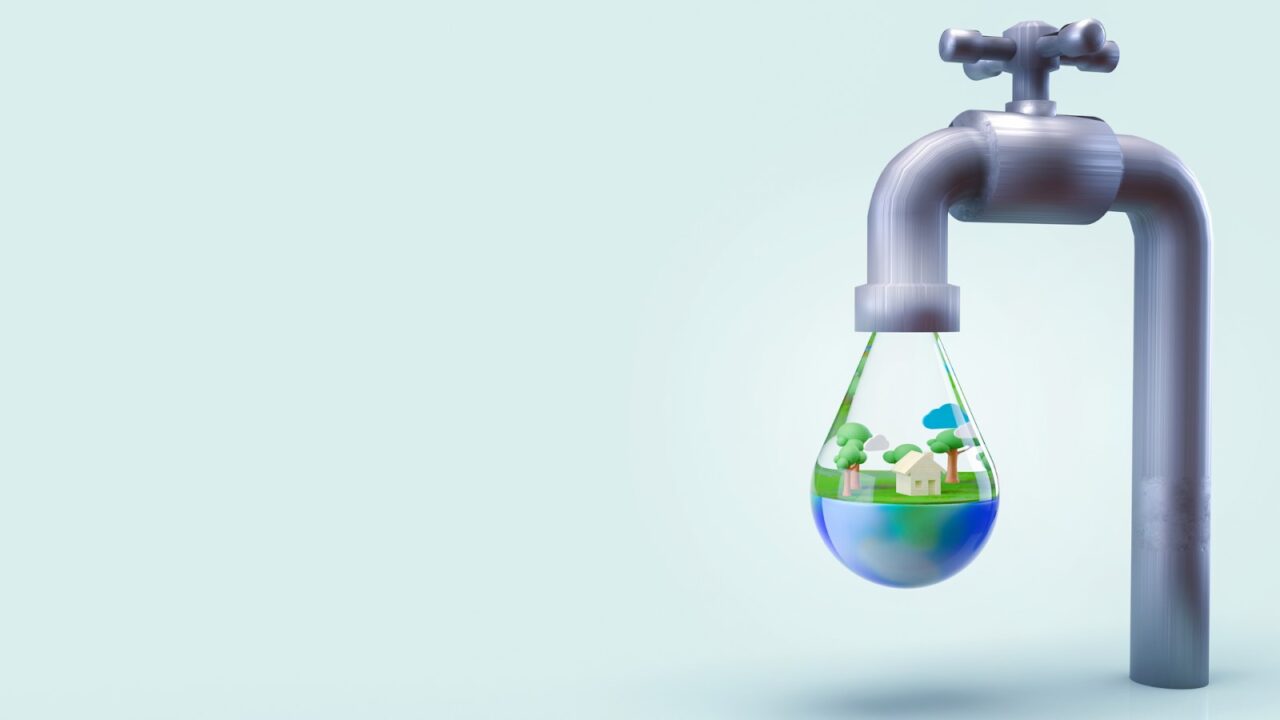Water is a precious resource, and with growing concerns about water scarcity worldwide, it’s more crucial than ever to reduce our water footprint. Whether it’s the water we directly consume or the water embedded in the products we use, every drop counts towards sustainable living. This article presents some practical tips and tricks to help you reduce your water usage and make a positive impact on the environment:
Water is a precious resource that sustains life on our planet. However, with increasing concerns about water scarcity and environmental degradation, it’s essential to adopt water-saving practices in our daily lives. By making simple changes to our habits and incorporating water-efficient technologies, we can significantly reduce our water usage and contribute to a more sustainable future. In this comprehensive guide, we’ll explore various strategies and tips gathered from experts and environmental organizations to help you maximize water conservation efforts in every aspect of your life.
The Basics of Water Footprint Reduction:
Before delving into specific water-saving techniques, it’s crucial to understand the concept of water footprint and its implications. A water footprint encompasses both direct and indirect water usage associated with various activities, including personal consumption, food production, and manufacturing processes. By reducing our water footprint, we can minimize our overall water consumption and lessen our environmental impact.
Conserving water not only helps preserve this finite resource but also has numerous environmental, economic, and health benefits. By reducing water usage, we can mitigate water pollution, conserve energy, and protect ecosystems. Additionally, water conservation efforts can lead to cost savings on utility bills and contribute to global efforts to address climate change and water scarcity.
Understanding Direct vs. Indirect Water Usage:
Before diving into water-saving strategies, it’s essential to understand the difference between direct and indirect water usage. Direct water usage refers to the water we see and use daily, such as drinking water, bathing, and watering plants. On the other hand, indirect water usage encompasses the water used in producing the goods and services we consume, including food, clothing, and energy.
Reducing Direct Water Footprint:
- Practice Conscious Water Use: Simple habits like turning off the tap while brushing your teeth, taking shorter showers, and fixing household leaks can significantly reduce your direct water consumption.
- Upgrade to Water-Saving Fixtures: Installing water-saving toilets and showerheads can help minimize water wastage without compromising on comfort and functionality.
- Opt for Water-Efficient Appliances: When purchasing new appliances, opt for models with high water efficiency ratings, such as dishwashers and washing machines.
- Reuse Wastewater: Consider installing systems to treat and reuse greywater from sinks, showers, and laundry for non-potable purposes like watering plants or flushing toilets.
- Be Mindful in the Garden: Use mulch to retain soil moisture, collect rainwater for irrigation, and choose drought-resistant plants to reduce outdoor water usage.

Reducing Indirect Water Footprint:
- Eat a Plant-Based Diet: Reducing meat consumption, especially beef can significantly lower your indirect water footprint. Consider incorporating more plant-based proteins like beans, lentils, and peas into your diet.
- Choose Local and Seasonal Foods: Opting for locally sourced and seasonal produce reduces the water and energy used in transportation, benefiting both the environment and local economies.
- Minimize Processed Foods: Processed foods often require more water in their production and packaging processes. Choosing fresh, whole foods over processed ones can help conserve water and promote healthier eating habits.
- Support Sustainable Fashion: Reduce the water footprint of your wardrobe by opting for high-quality, long-lasting clothing made from eco-friendly materials. Consider thrifting or clothing swaps to extend the lifespan of garments.
- Use Eco-Friendly Products: Switching to biodegradable cleaning products and phosphate-free detergents reduces water pollution and minimizes the environmental impact of household cleaning.
- Practice Conscious Consumption: Before making a purchase, consider the water footprint of the product and opt for items that are produced sustainably and ethically.
Practical Tips for Indoor Water Conservation:
- Upgrade Bathroom Fixtures: Installing water-saving toilets, faucets, and showerheads can significantly reduce water usage in the bathroom. Look for products labeled with the WaterSense certification, indicating their compliance with EPA’s water-saving standards.
- Practice Smart Water Use: Take shorter showers, turn off the tap while brushing teeth, and fix leaks promptly to avoid unnecessary water wastage. Utilize collected water from shower warm-up or dish rinsing for household chores or watering plants.
- Optimize Kitchen Efficiency: Use dishwashers efficiently by running full loads and avoiding pre-rinsing dishes. Replace old appliances with Energy Star-rated models to maximize water and energy savings. Install aerators on kitchen faucets to reduce water flow while maintaining adequate pressure.
- Implement Laundry Best Practices: Upgrade to high-efficiency washing machines that use less water per cycle. Wash full loads of laundry and choose appropriate water level settings to optimize efficiency. Use cold water whenever possible and measure detergent to prevent overuse.
Outdoor Water Conservation Strategies:
- Adopt Smart Lawn Care Practices: Set mower blades to a higher cutting height to promote healthier grass and reduce water evaporation. Limit fertilization and leave grass clippings on the lawn to retain moisture. Consider replacing grass with drought-tolerant plants or ground cover to minimize water demand.
- Efficient Irrigation Techniques: Use soaker hoses or drip irrigation systems to deliver water directly to plant roots with minimal waste. Water early in the morning to reduce evaporation, and avoid watering sidewalks or paved areas. Collect rainwater in barrels for irrigation purposes during dry spells.
- Reduce Outdoor Water Usage: Avoid washing driveways or sidewalks with water and opt for sweeping or using a leaf blower instead. Wash vehicles with a bucket of water or visit car wash facilities that recycle water. Minimize water features unless they utilize recycled water and consider xeriscaping to create water-efficient landscapes.
Taking Action for a Sustainable Future
Reducing water usage requires a collective effort from individuals, communities, businesses, and policymakers. By adopting water-saving habits, investing in water-efficient technologies, and advocating for sustainable policies, we can create a more water-resilient future for generations to come. Reducing your water footprint is not only beneficial for the environment but also for your well-being. By adopting water-saving practices in your daily life and making conscious choices as a consumer, you can contribute to a more sustainable future for generations to come. Remember, every drop saved counts towards preserving this precious resource for future generations. Let’s work together to make a difference and ensure a water-secure world for all.
About CheckCarbonFact
CheckCarbonFact is a social accountability platform for promoting sustainability and responsible climate action by citizens, businesses and government. Read more about us here: https://checkcarbonfact.com/about/
Carbon Fact for the Day

Found it interesting and would like more in the mail?




